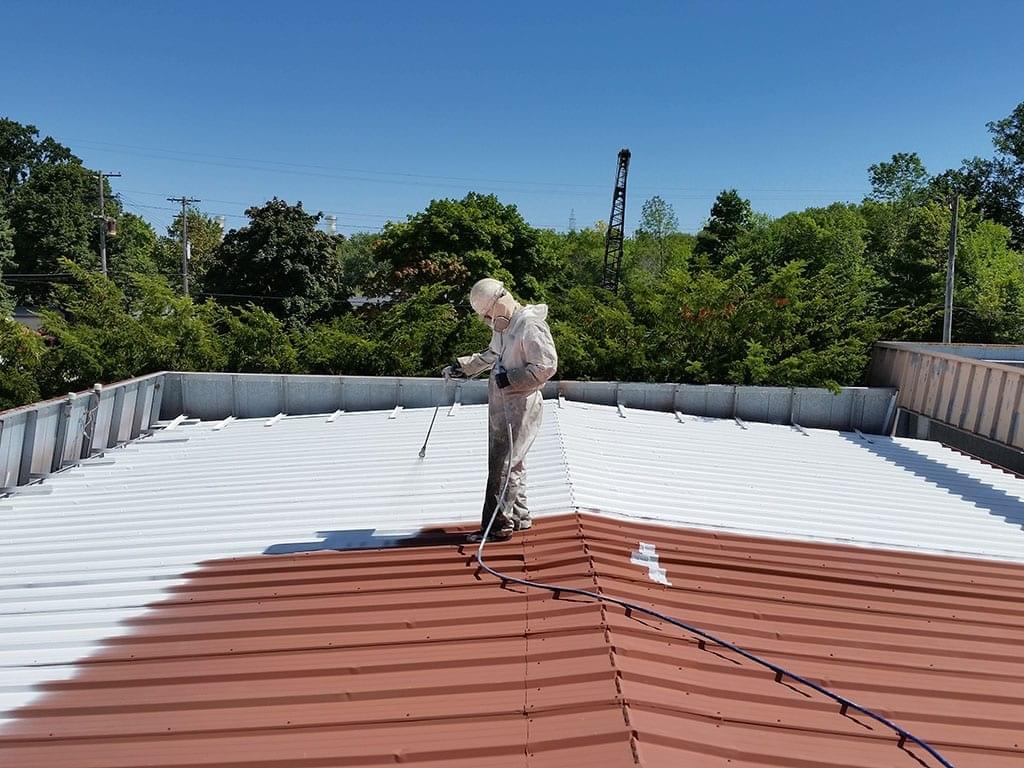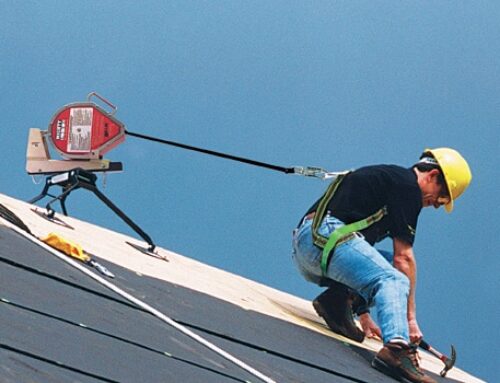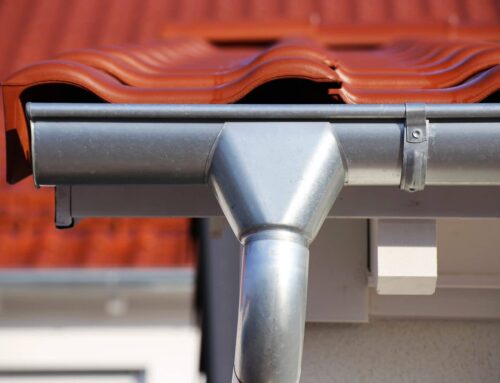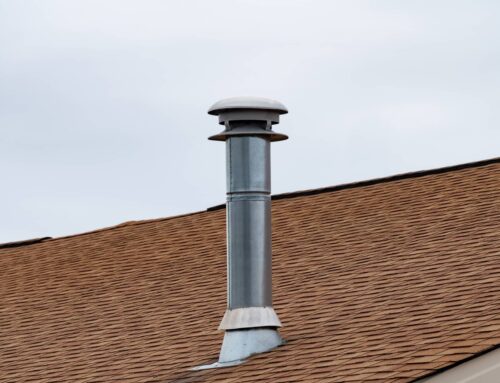Choosing the right roofing system for your commercial or residential property is a critical decision that can impact the durability, energy efficiency, and overall performance of your roof. Traditional roofing materials have long been the standard, but innovative solutions like ASTEC Roofing Coating have been gaining popularity. In this blog post, we’ll conduct a comparative analysis of ASTEC Roofing Coating and traditional roofing materials, highlighting the key differences and benefits of each.
Traditional Roofing Materials
Traditional roofing materials like asphalt shingles, metal, tile, and wood have been the go-to choices for decades. They have their own advantages and drawbacks:
- Asphalt Shingles: Asphalt shingles are popular due to their affordability and ease of installation. However, they have a limited lifespan and may require more frequent maintenance.
- Metal Roofing: Metal roofs are durable and have a long lifespan. They are resistant to fire and can be energy-efficient. However, they can be expensive upfront.
- Tile Roofing: Tile roofs are known for their aesthetic appeal and durability. However, they are heavy, making installation more complex and costly.
- Wood Roofing: Wood shingles or shakes offer a unique, rustic look. They require regular maintenance and are susceptible to fire and moisture damage.
ASTEC Roofing Coating
ASTEC Roofing Coating is a modern alternative that has been gaining recognition for its unique benefits:
- Seamless Waterproofing: ASTEC Roofing Coating creates a seamless, waterproof membrane over your existing roof, eliminating potential leak points and reducing the risk of water infiltration.
- Energy Efficiency: ASTEC Coating is highly reflective, reducing the absorption of UV rays and heat. This can lead to lower energy bills and a more comfortable interior environment.
- Durability: ASTEC Coating is designed to withstand the harshest weather conditions, including extreme temperatures, hail, and UV exposure. It can extend the lifespan of your roof.
- Environmentally Friendly: ASTEC Coating is environmentally friendly, reducing the need for roof tear-offs and landfill waste. It can also be applied over existing roofing materials, reducing waste further.
- Cost-Effective: While ASTEC Coating may have higher upfront costs than some traditional materials, its long lifespan, energy-saving benefits, and reduced maintenance expenses can make it cost-effective over time.
Comparative Analysis
Let’s compare ASTEC Roofing Coating to traditional roofing materials in key areas:
- Waterproofing: ASTEC provides seamless waterproofing, while traditional materials may rely on overlapping seams and joints.
- Energy Efficiency: ASTEC offers superior energy efficiency due to its reflective properties, which can lead to lower energy bills. Traditional materials may require additional insulation for energy efficiency.
- Durability: ASTEC is highly durable and can withstand various weather conditions, potentially outlasting traditional materials.
- Maintenance: Traditional materials may require regular maintenance and repairs, whereas ASTEC Coating reduces the need for frequent upkeep.
- Environmental Impact: ASTEC is more environmentally friendly as it reduces waste and the need for roof tear-offs.
When considering your roofing options, it’s crucial to weigh the benefits of ASTEC Roofing Coating against traditional roofing materials. While traditional materials have their merits, ASTEC Coating stands out with its seamless waterproofing, energy efficiency, durability, and environmental friendliness. Depending on your specific needs, budget, and long-term goals, ASTEC Roofing Coating could be a cost-effective and sustainable choice for your roofing project. Consulting with a roofing professional can help you make an informed decision that aligns with your property’s requirements and your vision for a reliable, energy-efficient roof.





